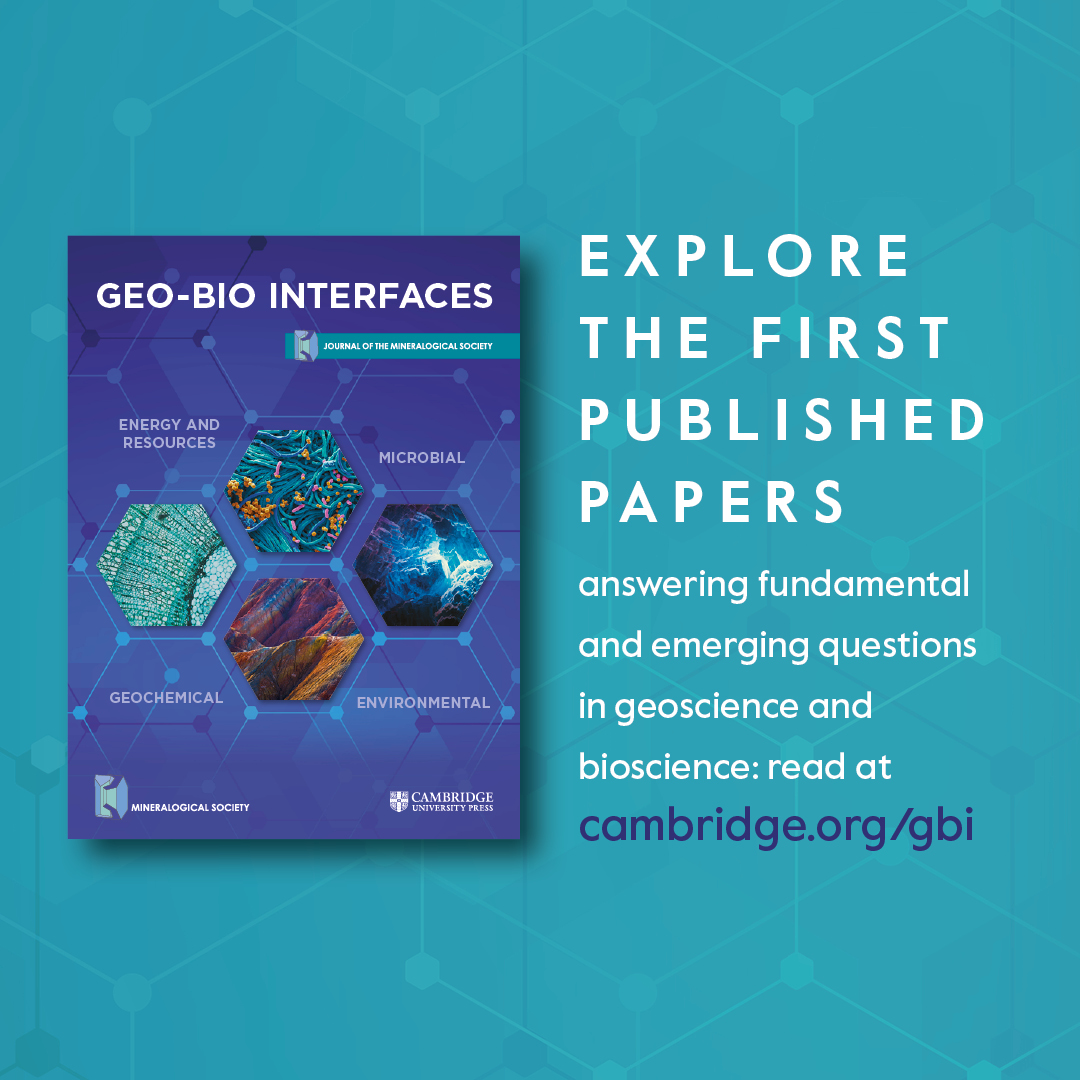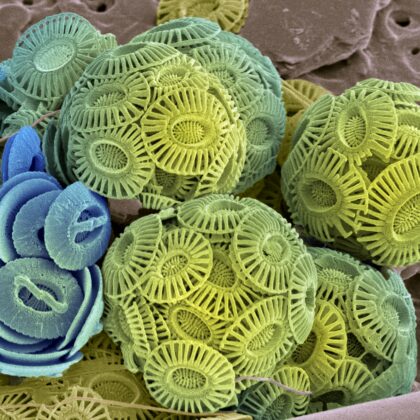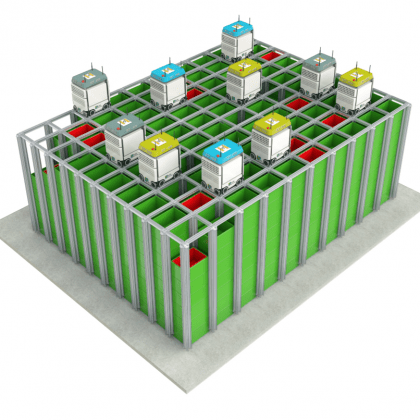The Geo-Bio Community Supports a New Society Journal
This week, Geo-Bio Interfaces published its first open access articles in its Microbial Biomineralization collection. As an official journal of The Mineralogical Society of the UK and Ireland, Geo-Bio Interfaces supports a growing research community working at the intersection of geoscience and bioscience.
Biomineralization is a process by which organisms produce minerals that aid in function, such as cell structure, chemotaxis or magnetotaxis, or energy storage. Some of the underlying geochemical mechanisms for biomineralization are well-studied, but others remain poorly known, particularly with respect to uncovering the biophysical properties that control biomineral formation, determining the genetic and evolutionary mechanisms that lead to biomineralization, and deciphering biomineral preservation in the geologic rock record.
One article written by Kovács et al., “Influence of Crystal Shape and Orientation on the Magnetic Microstructure of Bullet-shaped Magnetosomes Synthesized by Magnetotactic Bacteria,” bridges gaps in understanding magnetosome formation by measuring crystal magnetic properties and using high-spatial-resolution imaging of different crystal shapes. Their work provides insight into the evolutionary history of magnetotactic microbes and the use of magnetosomes as biomarkers or magnetofossils.
Two additional articles perfectly showcase how fundamental scientific research at the geo-bio interface can also lead to emerging questions and answers in applied fields, as biominerals can be essential to improving environmental bioremediation processes.
For instance, working with cultures of iron-oxidizing and iron-reducing microorganisms, Bayer et al. in their article, “Magnetite Nanoparticles are Metastable Biogeobatteries in Consecutive Redox Cycles Driven by Microbial Fe Oxidation and Reduction,” show that magnetite nanoparticles serve as biogeobatteries, as both electron sources and sinks, that have the potential to impact long-term contaminant remediation and nutrient bioavailability.
Moreover, Schiefler et al. focus their article, “Bacterial Toxicity of Sulfidated Nanoscale Zerovalent Iron in Aerobic and Anaerobic Systems: Implications for chlorinated solvent clean-up strategies,” on understanding the chemistry, reactivity, and stability of sulfidated and non-sulfidated nanoscale zerovalent iron used to augment microbial degradation of chlorinated solvents under aerobic and anaerobic conditions.

The Mineralogical Society opened Geo-Bio Interfaces last year to support a community of researchers who often find it challenging to publish their work in journals focused in either geoscience or bioscience.
We are now excited to share with everyone in the geo-bio community that there is enthusiastic support for the journal and we encourage others to submit their work and contribute more fascinating insights that can only be found at the geo-bio interface.
Geo-Bio Interfaces is an official journal of the Mineralogical Society. It aims to answer fundamental and emerging questions in geoscience and bioscience, by exploring contemporary scientific disciplines and the interconnection between them. Freely read, download and share the articles in all issues thanks to open access.
The journal covers four primary spheres of academic interest that intersect with the geo- and biosciences: microbial, environmental, geochemical, and energy and resources. Original submissions describing fundamental, theoretical, experimental, or applied interdisciplinary studies pertaining to any spatial or temporal scale are considered for publication.
Geo-Bio Interfaces is a Gold Open Access journal, publishing research articles, reviews, and rapid communications. By rapidly disseminating high-quality, broadly relevant scientific results, the journal furthers the course of modern geoscience and accomplishes the purpose of the Mineralogical Society.







